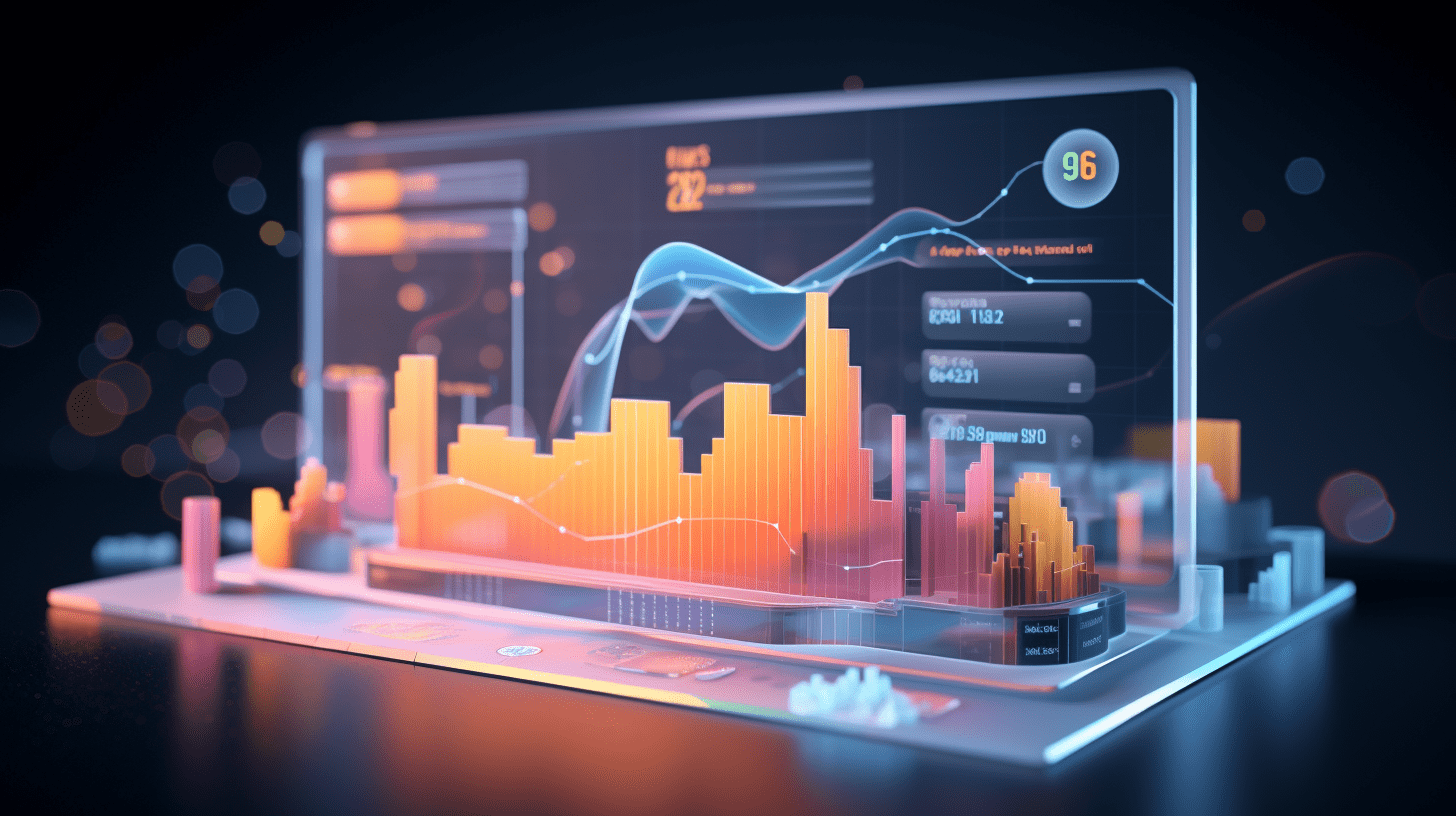
Huaxi: The demand for sensors is expected to see rapid growth, emphasizing changes in technology and industrial progress.
Huaxi released a research report stating that the development of humanoid Siasun Robot & Automation is accelerating, with domestic and foreign manufacturers conducting competitions. Sensors are essential components for humanoid Siasun Robot & Automation and are expected to see rapid growth in demand. The technology roadmap is expected to continue to iterate, and domestically strong enterprises in terms of technology are expected to experience rapid development. The sensors for humanoid Siasun Robot & Automation include vision, audition, force, touch, and inertial sensors.
Key points from Huaxi are as follows:
Sensors: Sensors are the basis for perception and interaction of humanoid Siasun Robot & Automation, emphasizing changes in technology roadmap and industrial progress.
The sensors for humanoid Siasun Robot & Automation are mainly distributed in the sensor system, with common types including vision, touch, and audition sensors. Smell and taste sensors may be used in specific applications of humanoid Siasun Robot & Automation. Currently, six-axis force sensors, laser rangefinders, flexible electronic skin, high-performance inertial measurement units (IMUs), and force torque sensors have high technical value and market potential in this field. According to CSDN, the share of force sensors and IMUs in the component value of humanoid Siasun Robot & Automation is expected to reach 13% by 2030. Among various sensors, force and force torque sensors account for a large share of the value chain.
Multiple types of sensors: Force and touch sensors have high value, with acceleration in progress for domestic enterprises; new progress for old players in other segments.
1) Vision and audition sensors: In the field of humanoid Siasun Robot & Automation, 3D vision perception technology enables Siasun Robot & Automation to obtain more accurate external environmental information, reduce errors, and help Siasun Robot & Automation to quickly react to various actions. In the audition field, microphone arrays are commonly used, with multiple microphones distributed in three-dimensional space to enhance the ability to perceive spatial signals in different directions and orientations.
2) Force/force and touch sensors: Force/force torque sensors have a large value, and the technology barrier for six-axis force sensors is high, with ATI currently holding the highest market share. Domestic enterprises such as Yulite Instruments, Kunwei Technology, and Landtouch are actively exploring the market for six-axis force sensors. In the field of electronic skin, development is accelerating, with high barriers to interaction with other sensors. The touch of skin and dexterous hand terminals will continue to be the main direction of technological and industrial iteration.
3) Inertial sensors: The players in the domestic IMU industry are relatively stable, and the structure of IMU is relatively mature. Currently, there is uncertainty in the IMU solutions of Siasun Robot & Automation enterprises. It is recommended to continuously monitor the progress of old players in this segment and the progress of IMU solutions of Siasun Robot & Automation enterprises.
Risk warning: Risks of industry exploration and application progress being below expectations; sensors have high technological difficulty and routes are variable, risks of domestic enterprises' progress and cost reduction being lower than expected; risks of intensified industry competition.
Hong Kong Innovation Technology and Industry Bureau: Currently, there are over 800 artificial intelligence companies gathered in the Science Park and Cyberport.
Hu Run China Top 500 in 2024 released. Taiwan Semiconductor Manufacturing Co., Ltd. Sponsored ADR (TSM.US) once again topped the list with a market value of 6.98 trillion yuan.
RECOMMEND
©️2013 - 2025 GMT EIGHT Holdings. All Rights Reserved.
Contact: contact@gmteight.com


